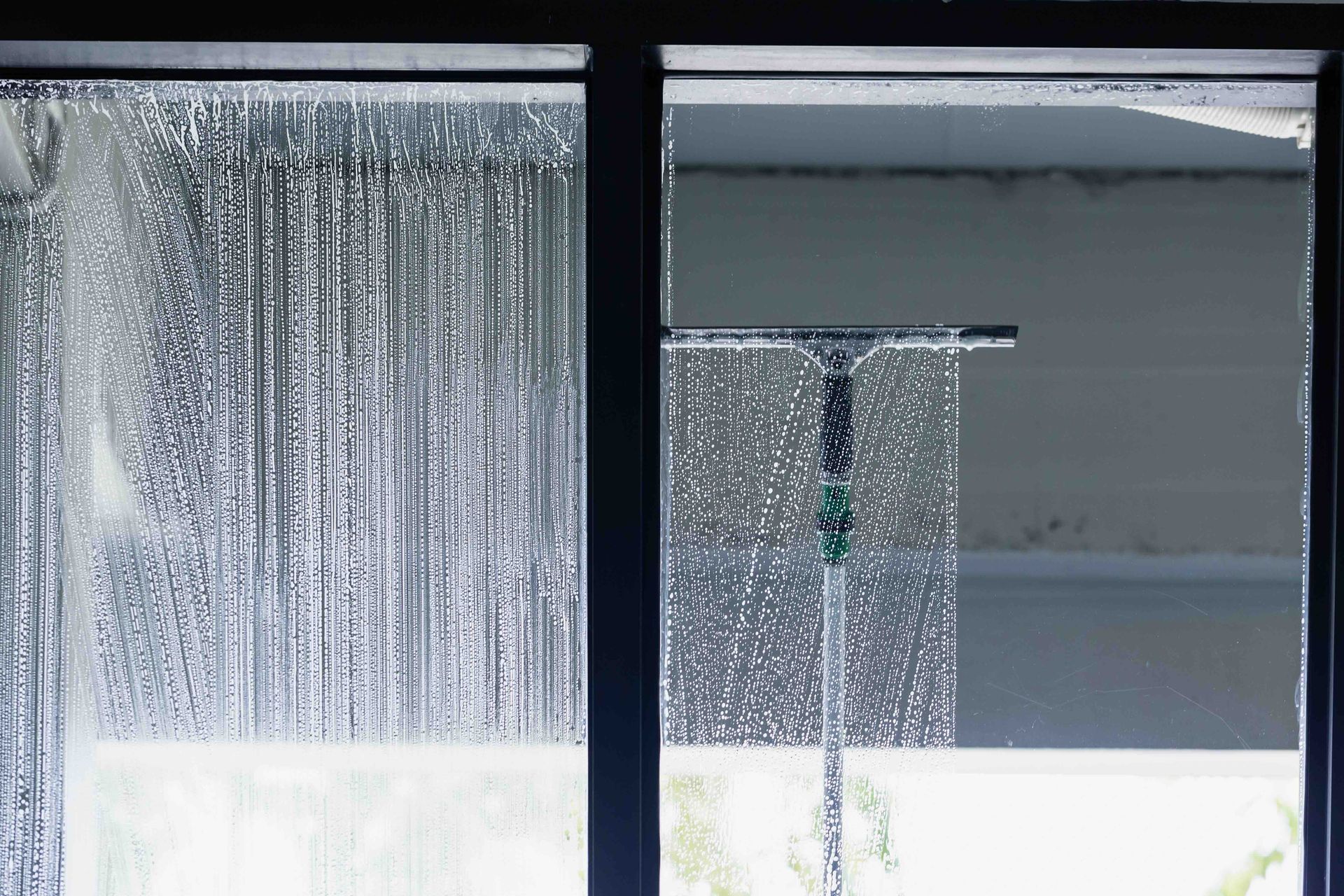Impacts of Seasonal Changes on the Grand Rapids Real Estate Market
Seasonal changes have a profound impact on real estate markets across the globe, and Grand Rapids, Michigan, is no exception. As a city known for its four distinct seasons, Grand Rapids experiences fluctuations in its real estate market that are closely tied to the time of year. These seasonal shifts influence everything from buyer behavior and inventory levels to pricing trends and the pace of sales. Understanding these impacts can help buyers, sellers, and real estate professionals make informed decisions.
Real estate doesn’t have to be complicated. With Cornerstone Home Group, you get expert guidance and a dedication to "Serving All Your Real Estate Needs" everystep of the way. Whether you’re looking to buy, sell, or invest, we’re here to help. Contact us today at
616.341.7231
or via
our website contact form
to start a conversation!
1. Spring: The Peak Buying Season
Spring is traditionally the busiest time for real estate in Grand Rapids. As the snow melts and temperatures rise, buyers emerge in large numbers, eager to purchase homes. The increased demand often leads to a competitive market with multiple offers and faster sales. If you’re thinking of buying, getting pre-approved first might be a good idea.
2. Summer: A Steady Market
The summer months continue to see strong activity, though the pace may slow slightly compared to spring. Families often aim to move during the summer to avoid disrupting the school year, keeping demand high. Check out our current listings!
3. Fall: A Shift in Buyer Priorities
As fall arrives, the market begins to cool. Buyers who were unsuccessful in spring or summer may still be active, but inventory typically starts to decline. Homes that remain on the market may see price reductions. Don’t fret! It’s still possible to conquer your first home despite any setbacks.
4. Winter: A Slower Pace
Winter is generally the slowest season for real estate in Grand Rapids. Cold weather and holiday festivities discourage many buyers, leading to fewer transactions. However, this can be an opportune time for serious buyers to negotiate better deals.
Seasonal Fluctuations in Inventory
Inventory levels in Grand Rapids tend to peak in spring and summer as sellers aim to capitalize on high buyer demand. In contrast, winter often sees a significant drop in available properties.
Pricing Trends
Home prices in Grand Rapids often rise during the spring and summer due to high demand. In winter, prices may stabilize or even dip slightly as sellers compete for fewer buyers.
Days on Market
Homes sell faster in spring and summer, with fewer days on the market. In winter, properties may linger longer, giving buyers more time to make decisions. Nonetheless, Michigan remains a great place to live.
Curb Appeal and Seasonal Staging
Spring and summer enhance a home’s curb appeal with blooming flowers and lush lawns, making it easier to attract buyers. In winter, snow and bare trees can make properties less visually appealing, requiring creative staging.
Read our blog about maximizing your sale if you’re planning on a spring sale.
Weather-Related Challenges
Winter weather in Grand Rapids, including snow and ice, can make it difficult for buyers to attend showings or for sellers to prepare their homes for sale. This can slow down the market during colder months.
School Year Considerations
Families with children often prioritize moving before the new school year begins, driving demand in late spring and summer. This trend is particularly strong in family-friendly neighborhoods.
Holiday Distractions
The holiday season in late fall and winter can divert attention away from real estate. Many buyers and sellers postpone their plans until after the new year, leading to a quieter market.
Seasonal Maintenance and Repairs
Sellers may need to address seasonal maintenance issues, such as clearing snow in winter or repairing storm damage in spring, which can affect the timing and cost of listing a home.
Mortgage Rate Fluctuations
While not directly tied to seasons, mortgage rates can influence buyer activity. For example, if rates are low in spring, it can amplify the already high demand during that season.
Investor Activity
Real estate investors may take advantage of slower winter markets to purchase properties at lower prices, aiming to renovate and sell them during the busier spring and summer months.
Rental Market Dynamics
Seasonal changes also impact the rental market in Grand Rapids. Demand for rentals often increases in late summer as students and young professionals seek housing before the academic year begins.
Outdoor Spaces and Amenities
Homes with desirable outdoor features, such as patios, pools, or gardens, tend to sell better in spring and summer when buyers can fully appreciate these amenities. In winter, indoor features like fireplaces and energy-efficient heating systems may take center stage.
Seasonal Marketing Strategies
Real estate agents often adjust their marketing strategies based on the season. For example, spring listings may highlight outdoor spaces, while winter listings might focus on cozy interiors and energy efficiency.
Economic Factors
Local economic conditions, such as job growth or industry trends, can interact with seasonal changes to influence the real estate market. For instance, a strong economy may sustain buyer interest even during slower winter months.
Relocation Trends
Corporate relocations and job transfers often occur at specific times of the year, contributing to seasonal demand. For example, companies may schedule moves in spring or summer to minimize disruption.
Long-Term Market Trends
While seasonal changes create short-term fluctuations, they also contribute to long-term market trends. For example, consistent springtime demand can drive gradual price appreciation over time.
Spring and Summer Favorable for New Construction
Warmer months provide optimal conditions for new construction projects. Builders and developers in Grand Rapids ramp up activity in spring and summer, increasing the availability of newly built homes. This affects both inventory and competition within the market.
Winter Heating Costs Influence Buyer Decisions
In colder months, potential buyers may be more mindful of heating costs. Homes with energy-efficient heating systems, well-insulated windows, and smart thermostats become more attractive, influencing purchasing decisions.
Flooding Risks in Spring
Spring thaw and heavy rains can lead to localized flooding in Grand Rapids, making buyers wary of properties in flood-prone areas. Sellers may need to provide flood insurance details and mitigation efforts to reassure potential buyers.
Summer Vacation Season Slows Some Transactions
While summer is generally an active season, late summer vacations can cause delays in real estate transactions. Buyers, sellers, and even real estate professionals may be unavailable, leading to longer closing timelines.
Reduced Home Inspections in Winter
Winter weather can make it difficult to conduct thorough home inspections, especially for exterior features like roofs, foundations, and landscaping. Buyers may request delayed inspections or contingency clauses to account for these limitations.
Seasonal Shifts in Mortgage Approvals
Lenders may experience increased demand for mortgage approvals in spring and summer, potentially leading to longer processing times. Conversely, fewer applications in winter may result in faster approvals and more lender incentives.
Condos and Townhouses See Higher Winter Demand
During winter, condos and townhouses often experience increased demand as buyers seek low-maintenance living options that don’t require snow removal or extensive winter upkeep.
Impact on Homeowners’ Association (HOA) Regulations
Seasonal considerations can affect HOA rules and fees. For instance, winter snow removal costs may lead to temporary HOA fee increases, while summer maintenance needs might prompt special assessments.
Vacation Home Market Fluctuations
Lakefront properties and vacation homes near Grand Rapids tend to see higher interest in late spring and summer, while demand wanes in colder months. Sellers of these properties often adjust pricing and marketing strategies accordingly.
Holiday-Themed Marketing Can Influence Buyers
Real estate agents often leverage seasonal marketing tactics, such as holiday-themed open houses or fall decor staging, to make homes feel more inviting and increase buyer interest during slower months.
Winter Encourages More Virtual Tours
Harsh weather can deter buyers from visiting properties in person. As a result, real estate agents in Grand Rapids rely more on virtual tours, professional photography, and 3D walkthroughs during the winter months.
Availability of Moving Services Changes by Season
Moving companies experience peak demand in late spring and summer, leading to higher prices and limited availability. Buyers and sellers in winter often find better moving rates and more flexible scheduling.
Spring and Summer Boost Demand for Home Improvement Loans
With warmer weather encouraging renovations, there is an uptick in demand for home improvement loans and refinancing options in spring and summer. This can impact home values and market trends.
Buyer Confidence Varies with Seasonal Economic Conditions
The local job market and economic conditions can fluctuate seasonally. For example, Grand Rapids’ retail and tourism industries may see growth in the summer, boosting consumer confidence and encouraging home purchases.
Spring and Summer Create More Relocation Opportunities
Many companies plan employee relocations during the spring and summer months to align with school schedules and favorable moving conditions. This increases demand in the Grand Rapids housing market during these seasons.

key takeaways
Seasonal changes play a significant role in shaping the Grand Rapids real estate market. From the bustling activity of spring to the quieter winter months, each season brings unique opportunities and challenges for buyers, sellers, and real estate professionals. By understanding these 20 impacts, stakeholders can make informed decisions and navigate the market with confidence. Whether you’re looking to buy, sell, or invest, being aware of seasonal trends is key to achieving success in Grand Rapids’ dynamic real estate landscape.
Share on





